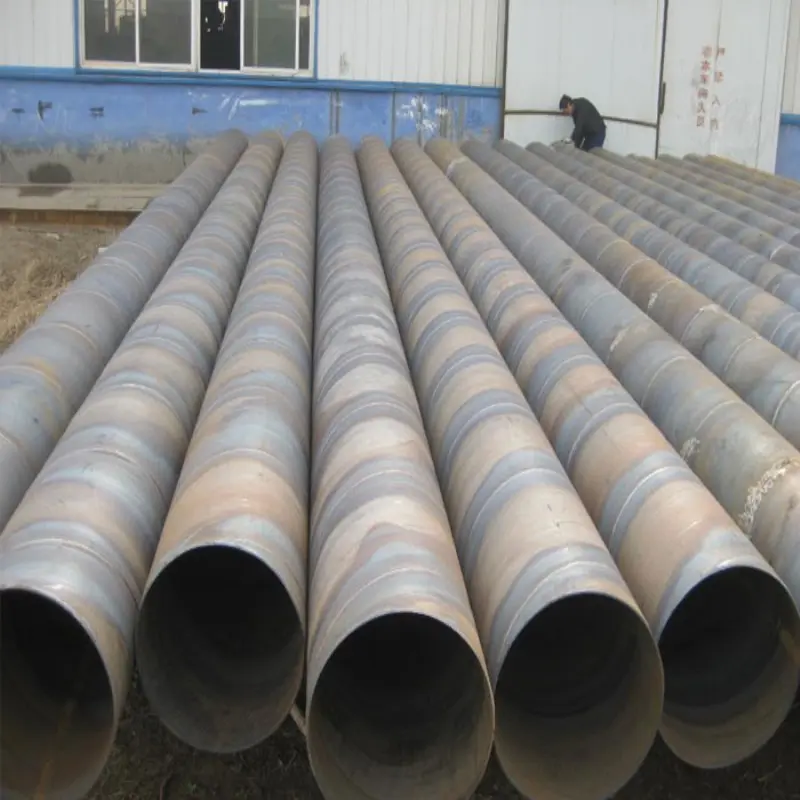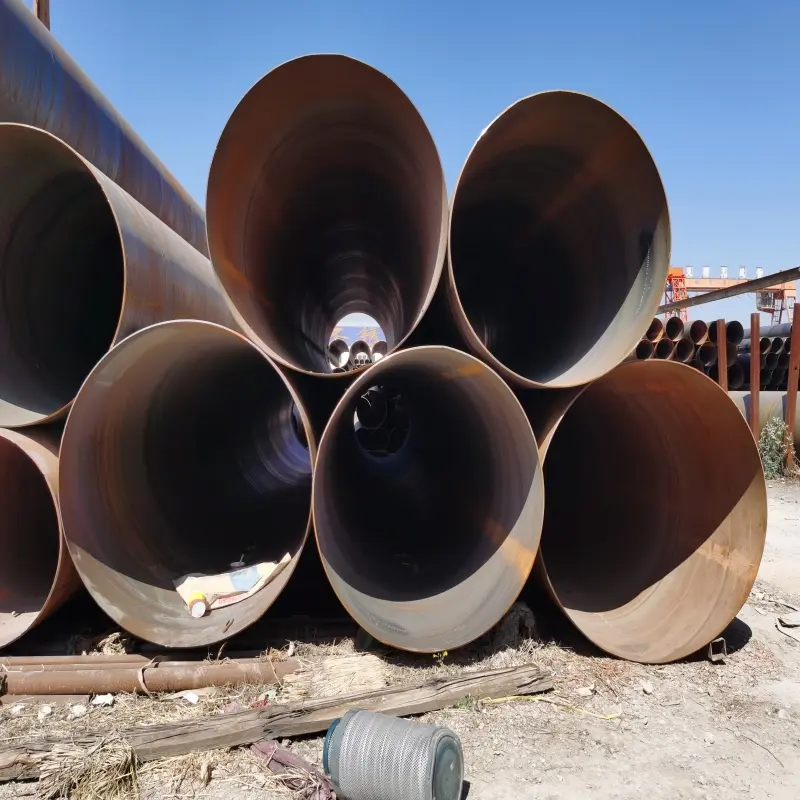Spiral welded pipe - efficient piping solution in modern engineering
Spiral welded pipe is a steel pipe welded by spiral forming process. It is widely used in petroleum, natural gas, water conservancy, construction and other fields due to its high strength, large diameter and good sealing.


In today's rapidly developing industrial and infrastructure fields, spiral welded pipes have become an indispensable key material in the oil, gas, water conservancy, construction and other industries due to their excellent performance and wide application scenarios. As a Steel Pipe welded by spiral forming process, it not only has high strength, large diameter and excellent sealing, but also can maintain stable structural performance under high pressure and complex external force environment, providing a reliable solution for long-distance transportation and large-scale engineering projects.
1. Product Overview and Technical Features
Spiral welded pipes are formed by rolling steel strips or steel plates at a certain spiral angle and welding them by automatic double-sided submerged arc welding process. Its unique spiral structure design enables the pipe to evenly distribute stress when it is subjected to internal pressure and external loads, thereby significantly improving its compression and deformation resistance. Compared with straight seam Welded Pipes, spiral welded pipes can withstand higher pressures under the same wall thickness conditions and are more suitable for the production of large-diameter pipes (maximum diameter can reach more than 3 meters). In addition, the production process of spiral welded pipes is flexible, and different specifications can be customized according to engineering needs to meet diverse application scenarios.
2. Common models, materials and implementation standards
Model specifications
Diameter range: Φ219mm-Φ3000mm, especially suitable for oil and gas pipelines and water conservancy projects that require large flow transmission.
Wall thickness range: 5mm-25mm, which can be adjusted according to pressure level and geological conditions.
Length: The standard length is 6-18 meters, and extra-long pipe sections of more than 12 meters can be customized for special needs to reduce on-site welding nodes and improve engineering efficiency.
Implementation standards:
International standards: API 5L (petroleum and natural gas transmission pipes), ASTM A252 (pile pipes).
National standards: GB/T 9711 (petroleum pipeline pipes), SY/T 5037 (low-pressure fluid transmission pipes), GB/T 3091 (building structure pipes).
Material selection
Ordinary carbon steel: such as Q235B, Q345B, suitable for general purposes such as building support and municipal drainage.
High-strength low-alloy steel: such as the X42-X80 series, which is specially designed for high-pressure oil and gas transportation and has excellent toughness and crack propagation resistance.
Corrosion-resistant materials: such as L245N and L360N, can be used for a long time in acidic or high-humidity environments after special treatment.
3. Core advantages and technological innovation
Superior structural performance: The continuity of the spiral weld makes the stress distribution of the pipe body more uniform, and the bending and vibration resistance are significantly better than straight seam welded pipes.
Economic and efficient: It can produce ultra-large diameter pipes, reduce pipeline connection points and accessories, and reduce installation and maintenance costs.
Environmental protection and durability: Through 3PE (three-layer polyethylene) anti-corrosion coating or FBE (fused epoxy powder) treatment, the service life is greatly extended, and it can adapt to harsh environments such as deserts and oceans.
Intelligent manufacturing upgrade: Leading domestic companies have introduced technologies such as automated welding robots and ultrasonic non-destructive testing to ensure that the quality of welds is 100% qualified.
4. Diversified application scenarios
Energy transportation:
Oil and natural gas trunk lines (such as the China-Russia East Line Natural Gas Pipeline).
Shale gas gathering and transportation pipelines and internal pipelines of refineries.
Infrastructure construction:
Pile foundations of cross-sea bridges and support structures of highway culverts.
Urban integrated pipeline corridors and drainage systems of sewage treatment plants.
Industry and agriculture:
Flue ducts of thermal power plants and pressure vessels of chemical equipment.
Farmland irrigation and greenhouse frameworks.















